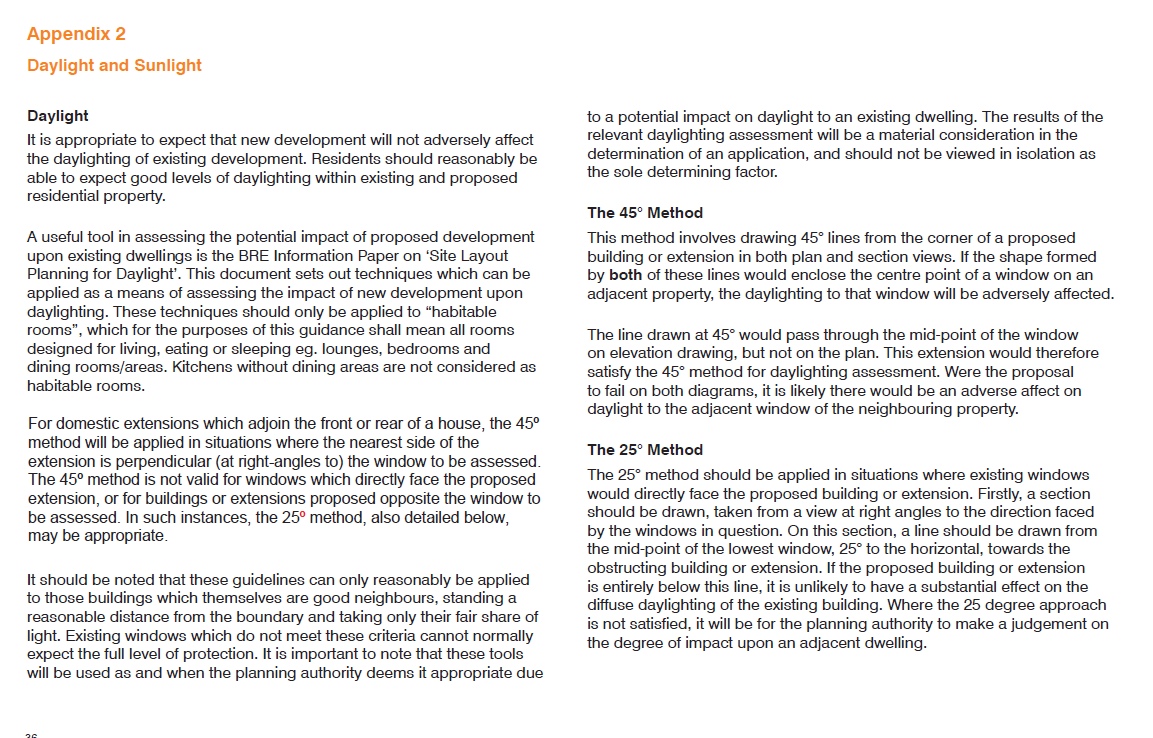Learning from Errors: Right-to-Light Evaluation Challenges
Within a competitive landscape of real estate development, understanding the nuanced area of Right to Light is crucial for ensuring successful projects. A Right to Light survey holds a pivotal function in addressing potential light infringements that may arise when upcoming developments are proposed. https://output.jsbin.com/jibinotaxo/ helps in evaluating the existing light situations for neighboring properties but also aids developers in navigating the legal issues associated with light rights. By learning from https://posteezy.com/outlook-metropolitan-life-right-light-considerations and failures concerning these assessments, developers can better place themselves to steer clear of litigation and guarantee adherence with planning regulations.
As urban areas expand and housing density rises, the importance of light rights in urban design must not be underestimated. Conflicts over access to light are growing more common, which renders it imperative for developers to understand their legal responsibilities and the consequences of light rights surveys. Through thoughtful consideration and preventive measures, stakeholders can foster harmonious developments that respect both their own interests and those of their surroundings. This article will delve into the intricacies of light rights surveys, frequent errors to steer clear of, and the crucial importance these surveys play in the wider context of urban growth.

Comprehending Right to Light
The right to light is a legal principle that bestows property owners the right to receive natural light through their windows. In the United Kingdom, this entitlement is typically established through continuous use over a period of 20 years. If this right is encroached, it can lead to major legal disputes, thus making it vital for developers and property owners to understand the implications of right to light on their projects.
When developers design fresh buildings or additions, they must take into account how their developments may impact the light access to surrounding properties. Failing to account for existing rights to light can result in complaints from neighbors or judicial challenges, which could halting projects and incurring costly delays. This awareness is essential during the early stages of planning and development.
The right to light is not just about access to sunlight, but it also encompasses the quality of light in residential and commercial spaces. Urban areas, where buildings are crowded, often face difficulties related to right to light. Therefore, proper assessment and management of these rights serve a key role in achieving a balance between new developments and preserving the light access of existing properties.
Legal Aspects and Regulations
Understanding the legal system related to Right to Light is essential for builders. The concept is rooted in common law and enables real estate holders to enjoy natural light entering their premises. In the UK, this right can often be claimed if light has been accessed consistently for a span of 20 years. Failing to consider these legal implications can cause significant setbacks, including potential legal disputes or injunctions that halt construction projects.
Developers must confirm conformance with both legal regulations and local zoning policies. Right to Light assessments are an integral part of this conformance, identifying any potential infringements that may emerge from new projects. Ensuring adherence to the Building Research Institute (BRE) criteria is also critical, as these provide a benchmark for evaluating daylight and sunlight impacts on neighboring properties.
Legal solutions for Right to Light violations can differ, ranging from injunctions to compensation awards. In some cases, developers may be obliged to alter their plans to mitigate any adverse effects on light availability for neighboring properties. Consulting with legal specialists during the design stages can help navigate these issues, ultimately safeguarding the project from costly delays and conflicts.
Best Practices for Developers
To successfully handle the challenges of right to light concerns, developers should initiate by incorporating right to light assessments into the beginning of their project planning. This proactive approach enables for the identification of any possible light interference risks before major investments are made. Engaging with a skilled surveyor who is an expert in right to light can provide vital insights and analyses that can influence design decisions and mitigate future conflicts.
Dialogue is crucial when managing right to light considerations. Developers should maintain open communication with adjacent property owners and partners throughout the project. Openness regarding plans and likely impacts on light can help build goodwill and minimize opposition. Tackling concerns in advance can often lead to settled solutions that assist both developers and neighbors, creating a more cooperative environment in the development process.
Lastly, developers must remain aware about legal precedents and modifications in legislation pertaining to right to light. Grasping how these regulations evolve is important to ensure compliance and reduce the risk of costly legal disputes. Monitoring recent case studies and outcomes can also provide significant lessons from previous projects, aiding developers in forming informed decisions that respect both their entitlements and those of adjacent properties.